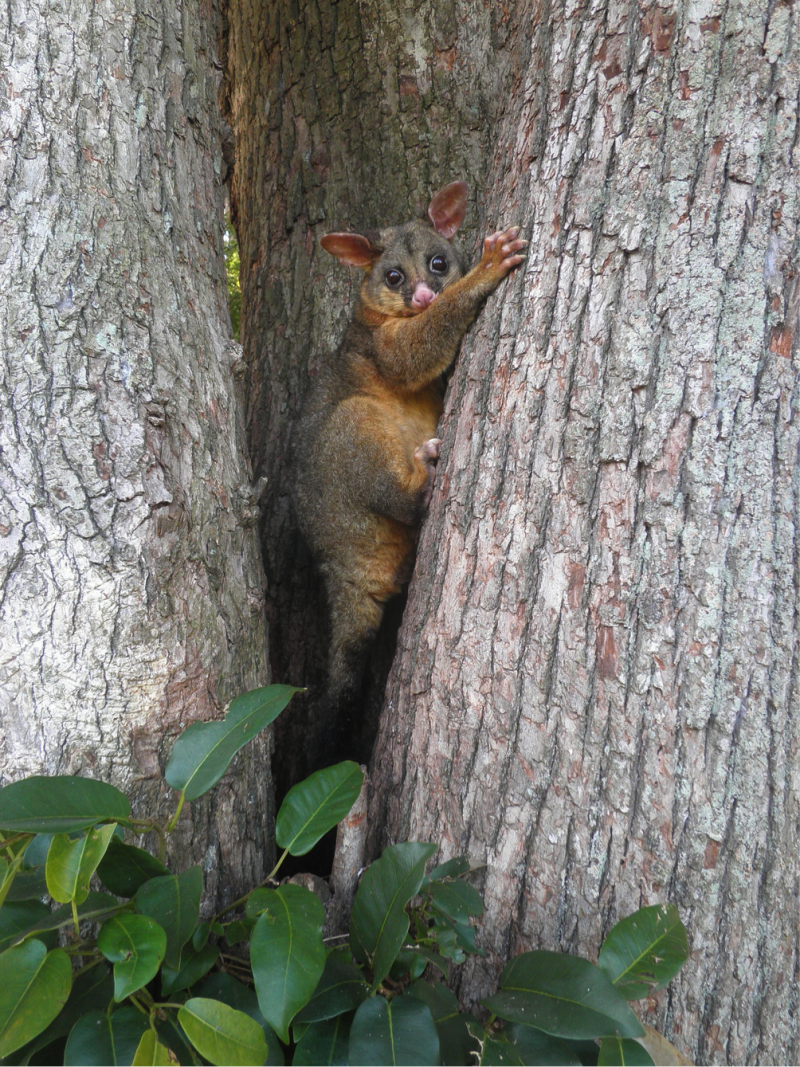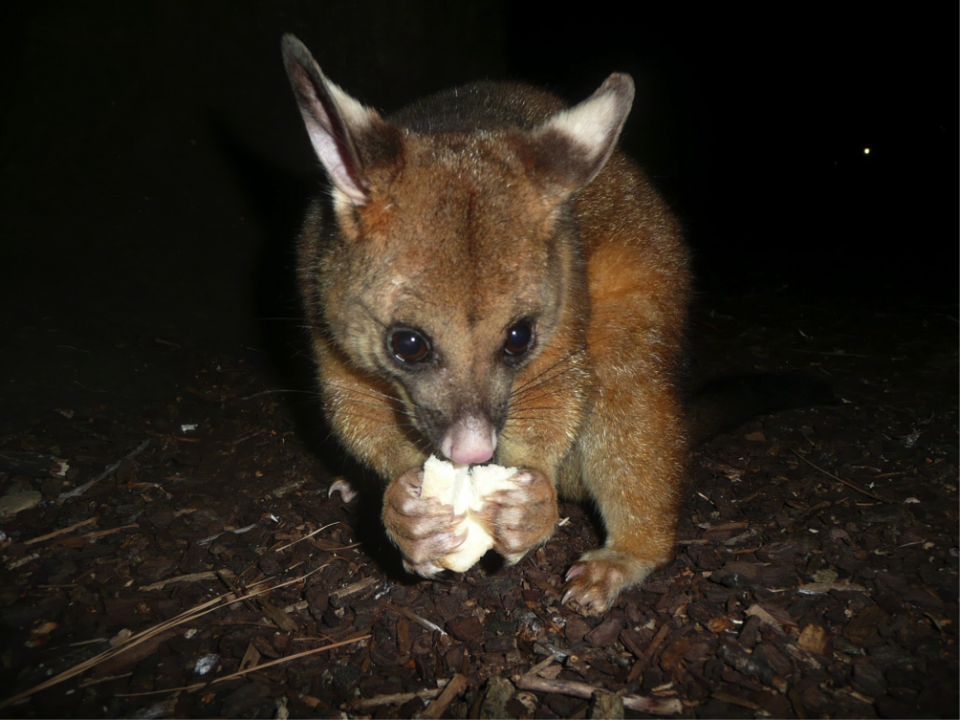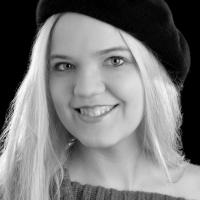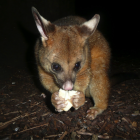In October 2015, the New Zealand Herald reported on a mysterious phenomenon: thousands of possum tails spread all over roads in western and northern Auckland. The newspaper headline asked: “How did thousands of possum tails end up littering State Highway 1?” The public agitation was not at all directed at the fact that possums had obviously been killed—but rather at the scandal that thousands of cleanly removed tails of unknown origin could “end up littering” the highway.
This wording pointed to the general understanding of possums as polluters. According to the Department of Conservation they were “one of the greatest threats to our natural environment”; consequently there was a belief that possums must be killed to protect the particular nature of Aotearoa/New Zealand.
The negative image of possums is rooted in the country’s past. The islands were not populated before the thirteenth century. Yet the young country of Aotearoa/New Zealand has witnessed enormous transformations of its natural environment: Forests were cleared and native fauna extirpated by both Polynesian and European settlers. Before sailors introduced animals from their homelands, there were no mammals living in Aotearoa/New Zealand at all. In 1772, the first Europeans arrived and, after the Treaty of Waitangi was signed in 1840, their population increased substantially. European settlers imported the Australian brushtail possum in 1837 for the fur trade, mainly from Tasmania. By 1922, 30 batches of possums had been liberated in 464 different places across Aotearoa/New Zealand. The area of the country they occupied is estimated to have increased from 54% in 1950 to 91% by 1980.
Not having any natural predators in Aotearoa/New Zealand, the possum was depicted as nearly uncontrollable; the Department of Conservation stated in 2010 that an estimated 70 million possums ate 21,000 tonnes of vegetation per night. This number was compared to “190 million standard hamburgers per night,” drawing a picture of a crapulous lifestyle. Their “voracious appetite” extended to eggs and birds and their hunting behavior was reported in emotionalized ways: the Department of Conservation has also stated that “researchers using nest-cameras have for the first time witnessed the gruesome reality inside defenceless kea nests invaded by stoats and possums in South Westland.” Framed in this way, the feeding behavior of possums was constructed as that of an enemy, exemplifying an offender preying on a victim. Hence, native nature was represented as endangered, vulnerable, and in need of protection; non-native nature as powerful, ruthless, and simply bad. This is also where the phrase used in the title, “Hit them hard and hit them well,” comes from.
The New Zealand Herald closed the article about the mysterious tails with a quote from the chair of the Waitakere Ranges Local Board: “It couldn’t happen to a nicer animal is all that I’ve got to say—if it means a lot of them have gone on to their heavenly future, that will all do us good out this way.” While still conceived of as an animal, the possum was represented as being of significantly different status to other animals. The valued nature that seemed to be omnipresent all across Aotearoa/New Zealand was only a particular “kind” of nature aligned with an idealized past. Likewise local ideals of an eco-friendly lifestyle only applied to a clearly defined portion of local flora and fauna and at the same time excluded the “other,” which does not fit into the desirable category of native nature.
In this vein, native nature as the “right” and “righteous” nature played a crucial role in relating to a shared and common past. Possums were constructed as counter-images to the ideal of nativity. Around the end of the nineteenth century, romantic sentiments evoked a feeling for a vanishing cultural and natural indigeneity that acquired symbolic meaning for Aotearoa/New Zealand. Caring for native nature by trapping possums or weeding was enacted as a form of embodied civic pride and belonging. By actively participating in or at least endorsing the conservation of native nature, New Zealanders confirmed their loving attitude towards the country. The possum was performatively constructed as a “pest” and threatening polluter, which was used as justification for the assumed need to preserve the remains of an idealized past, thereby strengthening the normative relationship between New Zealanders and their environment.
How to cite
Fischer, Jeannine-Madeleine. “‘Hit them hard and hit them well.’ Possums, Pollution, and the Past in Aotearoa/New Zealand.” Environment & Society Portal, Arcadia (Spring 2017), no. 10. Rachel Carson Center for Environment and Society. https://doi.org/10.5282/rcc/7878.
ISSN 2199-3408
Environment & Society Portal, Arcadia
 This work is licensed under a Creative Commons Attribution 4.0 International License.
This work is licensed under a Creative Commons Attribution 4.0 International License.
2017 Jeannine-Madeleine Fischer
This refers only to the text and does not include any image rights.
Please click on an image to view its individual rights status.
- Ginn, Franklin. “Extension, Subversion, Containment: Eco-Nationalism and (Post)Colonial Nature in Aotearoa New Zealand.” Transcriptions of the Institute of British Geographers, New Series 33, no. 3 (2008): 335–353.











